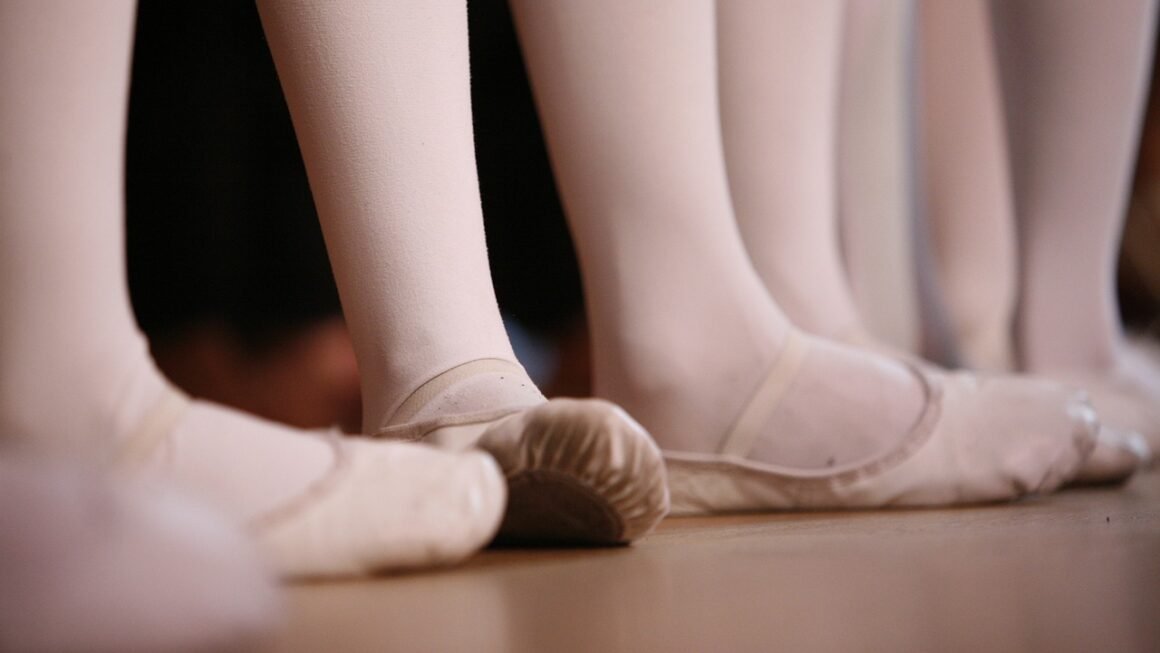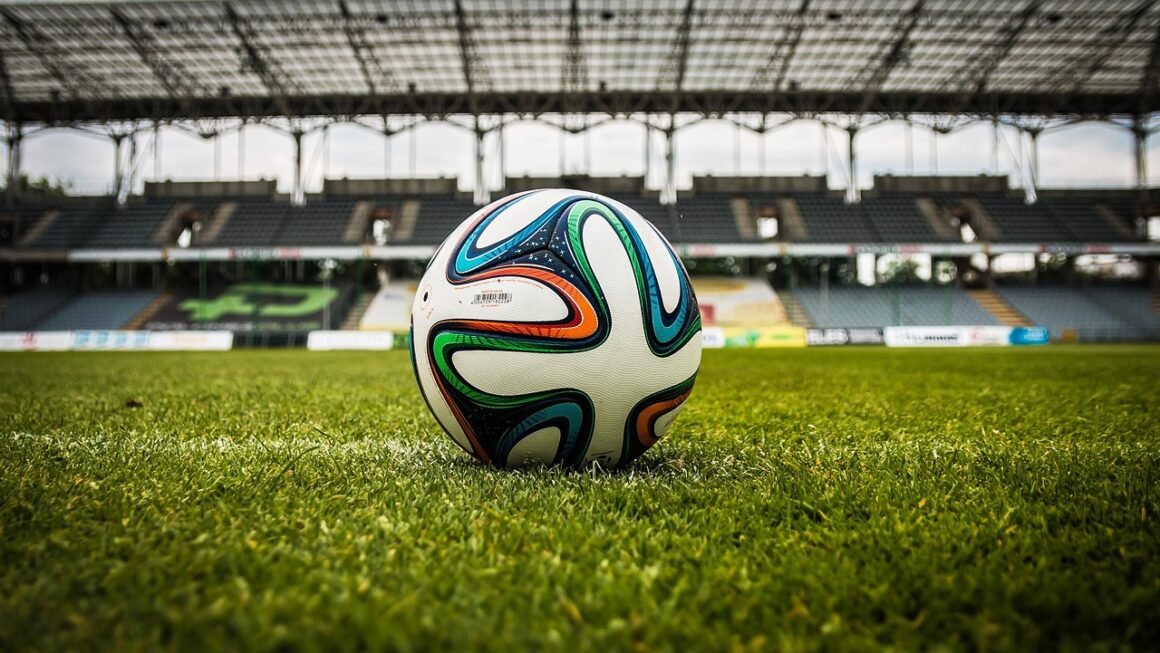The crisp mountain air fills your lungs as you stand at the precipice, the sun glinting off a blanket of fresh powder. Your board is strapped tight, anticipation building with every breath. Snowboarding, a thrilling blend of athleticism, art, and connection with nature, offers an experience unlike any other. Whether you’re a seasoned rider carving down black diamonds or a beginner nervously navigating the bunny slopes, the world of snowboarding has something to offer everyone. This guide will delve into the nuances of snowboarding, providing valuable insights for riders of all levels.
Getting Started with Snowboarding
Snowboarding can seem daunting at first, but with the right approach and equipment, anyone can learn to enjoy this exhilarating sport.
Choosing the Right Gear
Selecting the appropriate gear is crucial for a safe and enjoyable snowboarding experience.
- Snowboard: Board size is determined by your height and weight. Rental shops can help you find the right fit. Beginner boards are typically softer and more forgiving. As you progress, you might choose a stiffer board for better control at higher speeds.
Example: A rider who is 5’10” and 170lbs might start with a board around 156cm.
- Boots: Comfortable, well-fitting boots are essential. They should be snug but not constricting. Try them on with snowboarding socks.
Tip: Consider heat-moldable boots for a customized fit.
- Bindings: Bindings connect your boots to the board. Ensure they are compatible with your boots and board.
- Helmet: A helmet is non-negotiable. Protect your head!
- Goggles: Protect your eyes from the sun, wind, and snow. Choose goggles with good ventilation to prevent fogging.
- Gloves/Mittens: Keep your hands warm and dry. Mittens tend to be warmer than gloves.
- Snow Pants and Jacket: Opt for waterproof and breathable outerwear. Layering is key to staying comfortable in varying conditions.
Taking Lessons
Professional instruction is highly recommended, especially for beginners.
- Benefits of Lessons:
Learn fundamental techniques correctly from the start.
Avoid developing bad habits.
Receive personalized feedback and guidance.
Gain confidence and progress faster.
Learn safety procedures and etiquette on the slopes.
- Types of Lessons: Group lessons are more affordable, while private lessons offer individualized attention.
Practicing the Basics
Before hitting the slopes, practice basic movements on flat ground.
- Getting Comfortable: Practice strapping in and out of your bindings. Get a feel for the board.
- Skating: Use one foot to propel yourself forward while the other foot is strapped into the binding.
- Falling Leaf: Practice sliding down a gentle slope while alternating which edge of the board you control. This will help you learn edge control.
Example: Start on a very slight incline. Point the nose of your board slightly downhill. Gently pressure your heels (heelside) or toes (toeside) to control your direction and speed.
Snowboarding Techniques and Styles
As you gain experience, you can explore different snowboarding techniques and styles.
Carving
Carving is the art of making clean, controlled turns on the edges of your board.
- Technique: Lean into the turn, using your body weight and edge control to maintain a smooth arc.
- Benefits: Provides greater control at higher speeds and enhances the overall riding experience.
- Progression: Start with wide, gradual turns and gradually tighten your turning radius as you become more confident.
Freestyle
Freestyle snowboarding involves performing tricks, jumps, and maneuvers in terrain parks and on natural features.
- Terrain Park: A designated area with jumps, rails, boxes, and other obstacles.
- Basic Tricks: Learning ollies, nollies, and 180s is a great starting point.
- Safety: Always inspect the landing before attempting a jump. Wear appropriate protective gear, such as a helmet and padded shorts.
- Progression: Start small and gradually work your way up to more challenging tricks.
Backcountry Snowboarding
Backcountry snowboarding involves riding in ungroomed, off-piste terrain.
- Dangers: Avalanches, tree wells, and changing weather conditions pose significant risks.
- Safety Equipment: Avalanche transceiver, probe, and shovel are essential.
- Education: Avalanche safety training is crucial before venturing into the backcountry.
- Experience: Backcountry snowboarding is best suited for experienced riders with strong snowboarding skills and knowledge of avalanche safety.
Snowboarding Safety and Etiquette
Safety should always be your top priority when snowboarding.
On-Mountain Safety
- Stay in Control: Ride within your abilities.
- Be Aware of Your Surroundings: Pay attention to other riders and obstacles.
- Yield to Uphill Traffic: The uphill rider has the right-of-way.
- Look Before You Leap: Ensure the landing is clear before attempting a jump.
- Use Caution in Slow Zones: Avoid making aggressive turns in congested areas.
- Check Your Equipment: Ensure your bindings are properly adjusted and your boots are secure.
- Know the Signs and Symbols: Familiarize yourself with trail difficulty ratings and warning signs.
- Stay Hydrated: Drink plenty of water throughout the day.
Snowboarding Etiquette
- Respect Other Riders: Be courteous and considerate.
- Don’t Cut People Off: Avoid crossing in front of other riders.
- Don’t Sit in the Middle of the Trail: Move to the side if you need to rest.
- Pick Up Your Trash: Leave the mountain cleaner than you found it.
- Report Accidents: If you witness an accident, report it to ski patrol.
Maintaining Your Snowboard
Proper maintenance will prolong the life of your snowboard and enhance its performance.
Waxing Your Board
Waxing provides a smooth, fast ride and protects the base of your board.
- Frequency: Wax your board every few days of riding, or whenever the base feels dry.
- Types of Wax: Choose a wax that is appropriate for the snow temperature.
- Waxing Process:
1. Clean the base of your board.
2. Melt the wax with an iron.
3. Drip the wax evenly over the base.
4. Iron the wax into the base.
5. Scrape off the excess wax.
6. Brush the base to remove any remaining wax residue.
Edge Tuning
Sharp edges provide better grip and control on hard snow and ice.
- Frequency: Tune your edges as needed, depending on the snow conditions and your riding style.
- Tuning Process:
1. Use an edge tuning tool to sharpen the edges of your board.
2. Maintain a consistent angle.
3. Deburr the edges to remove any sharp burrs.
- Professional Tuning: Consider taking your board to a professional for tuning if you are not comfortable doing it yourself.
Conclusion
Snowboarding offers a unique blend of physical challenge, adrenaline rush, and connection with the natural world. From mastering the basics to exploring advanced techniques, the journey of a snowboarder is filled with constant learning and progression. By prioritizing safety, respecting the mountain environment, and investing in proper gear and maintenance, you can unlock the full potential of this incredible sport and create memories that will last a lifetime. So, grab your board, hit the slopes, and experience the magic of snowboarding for yourself!



